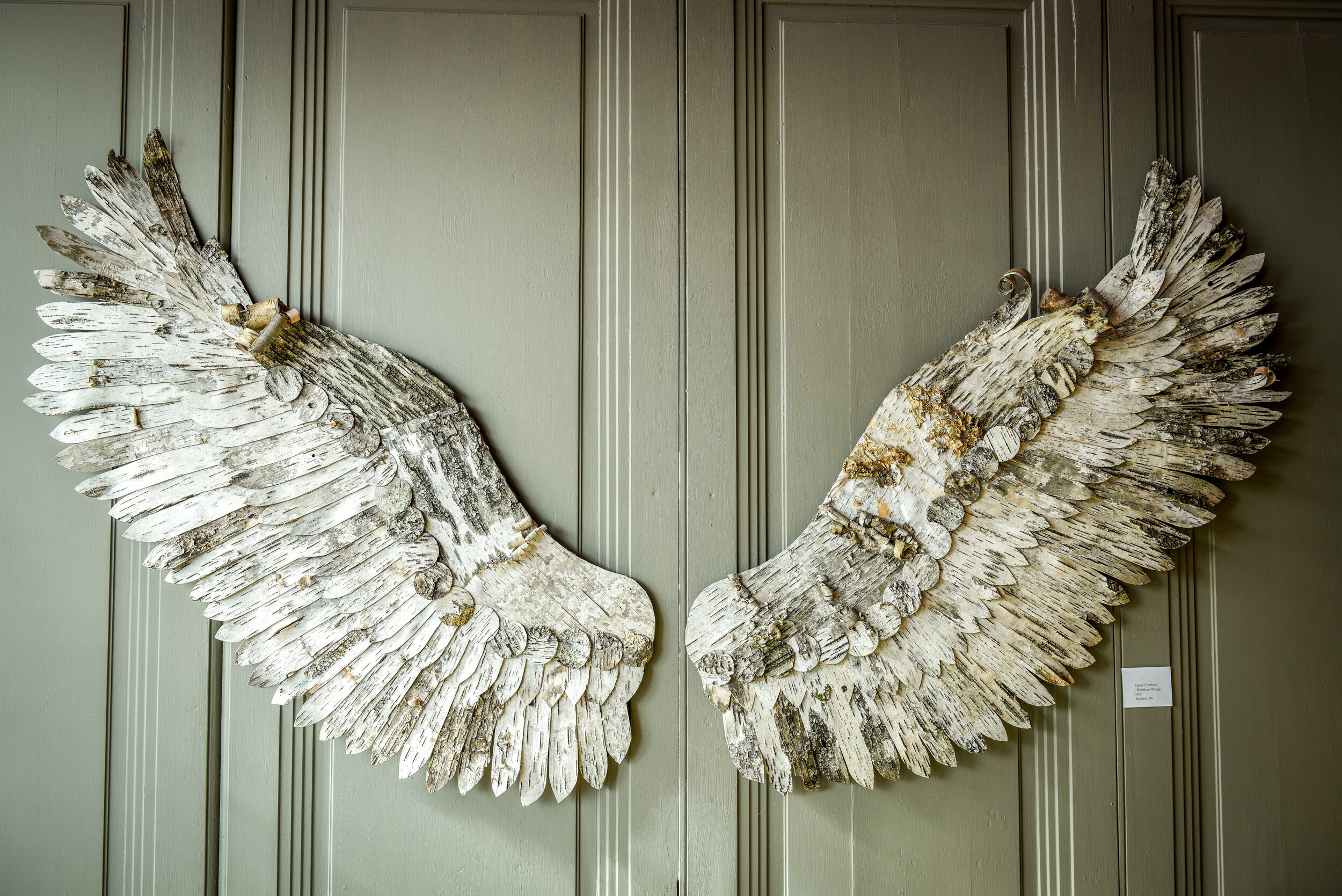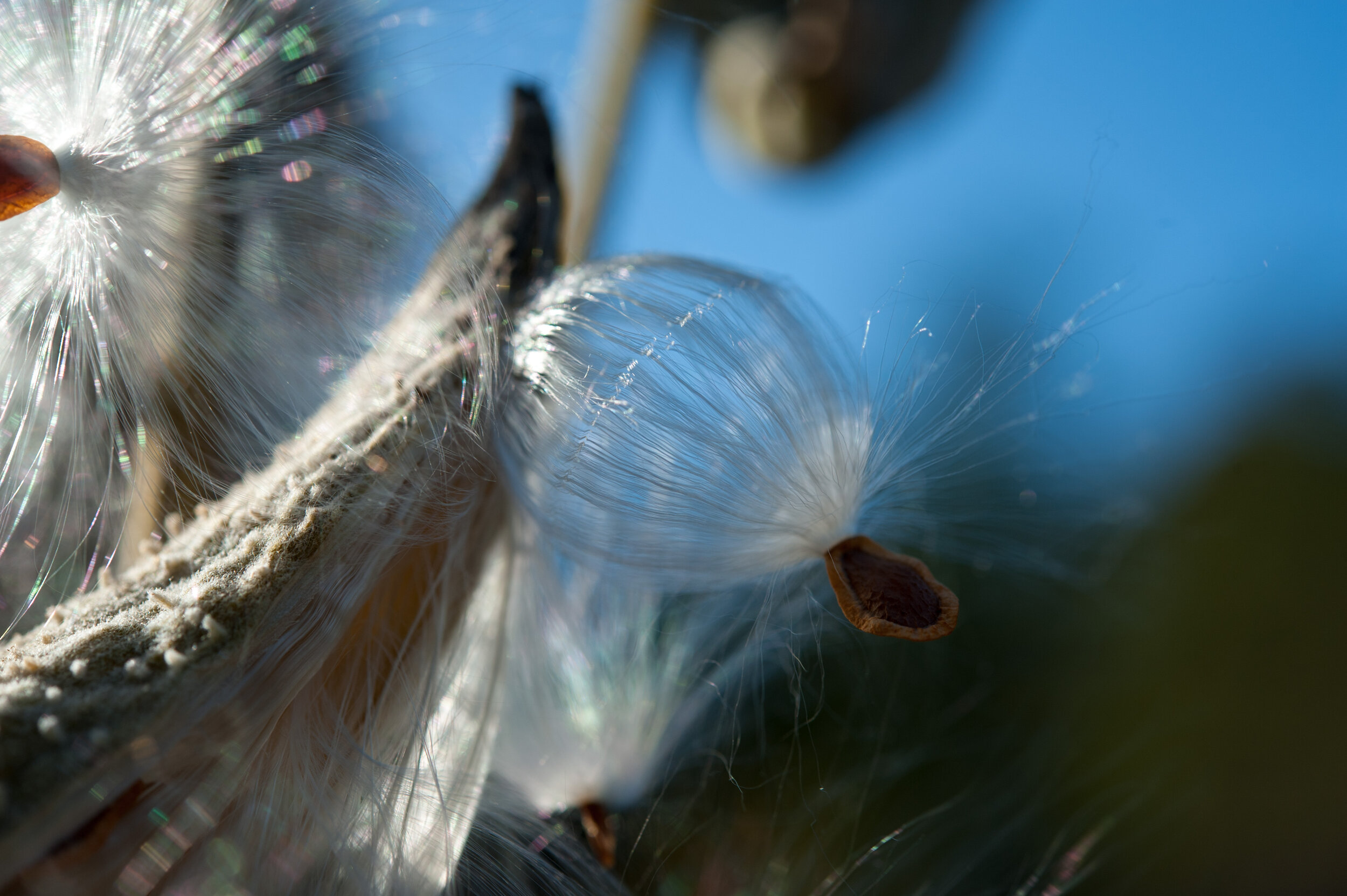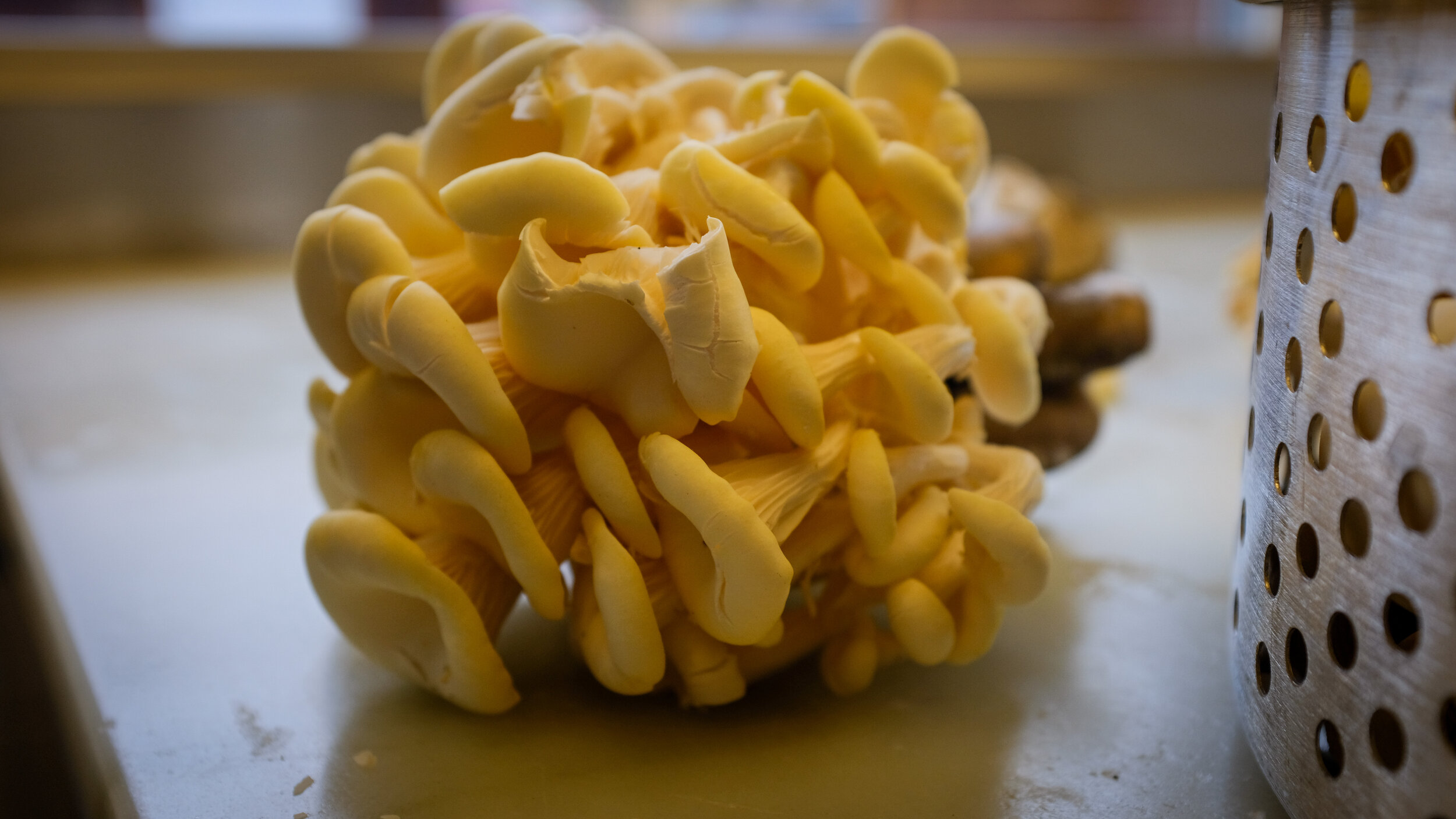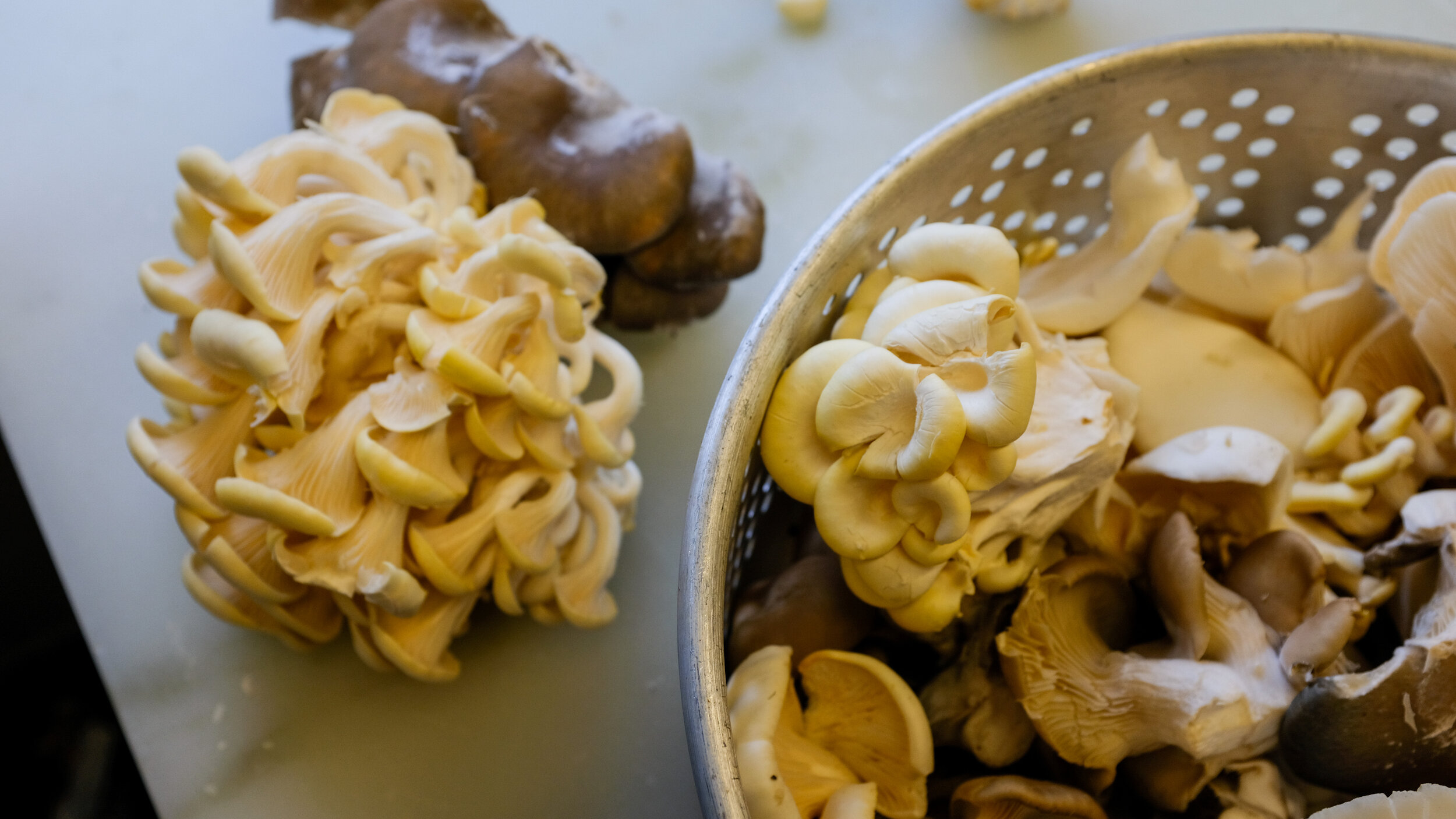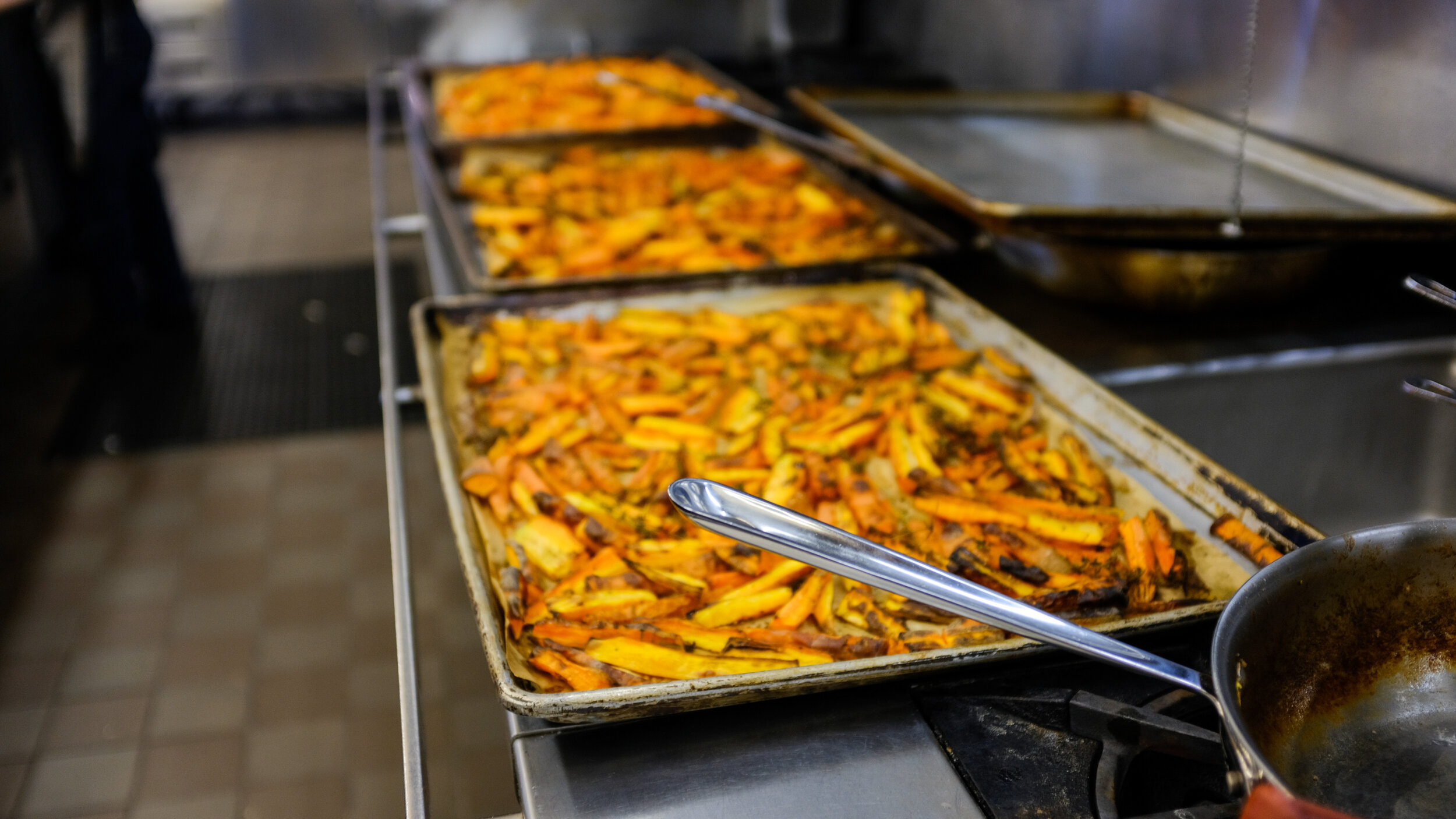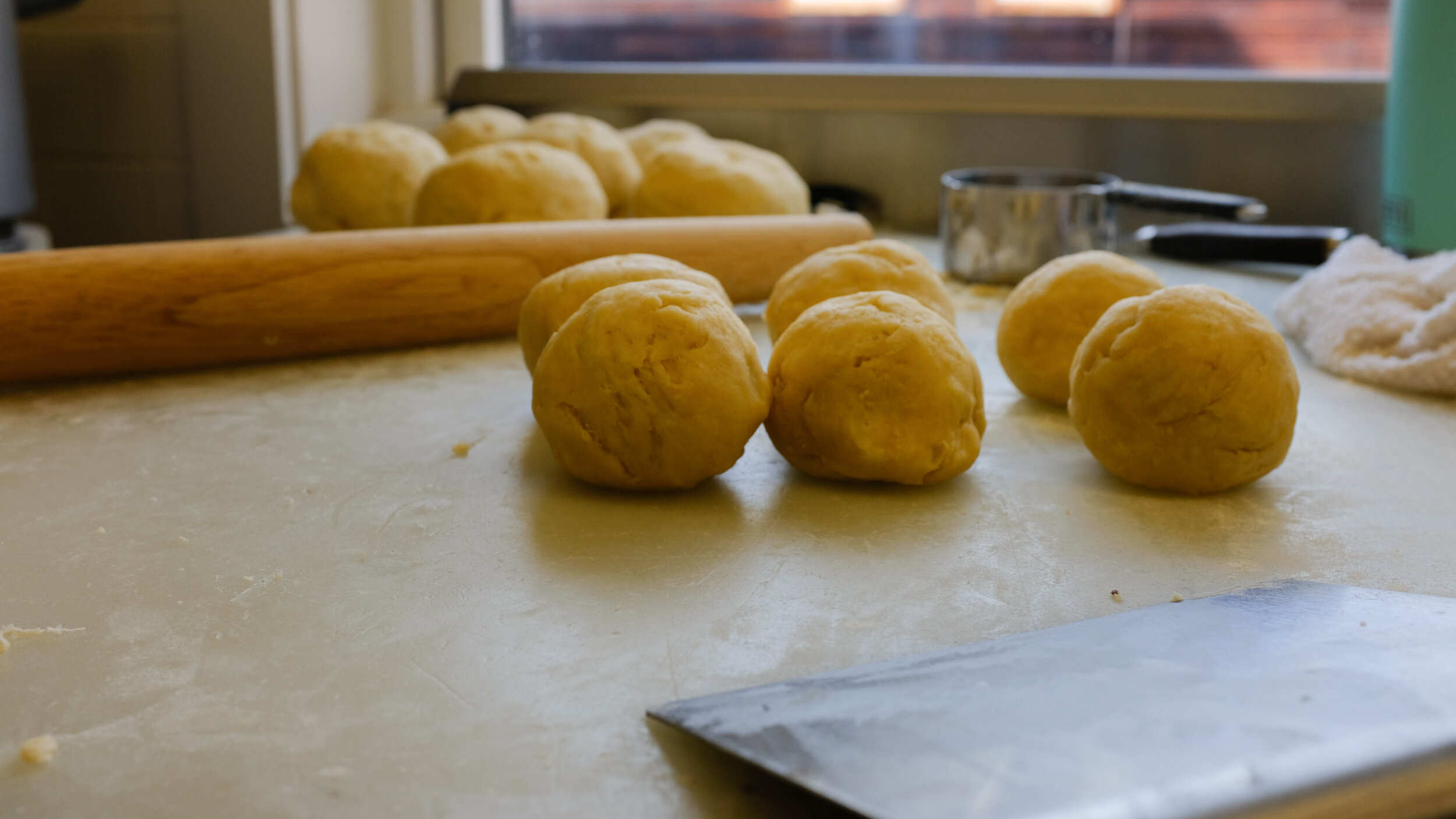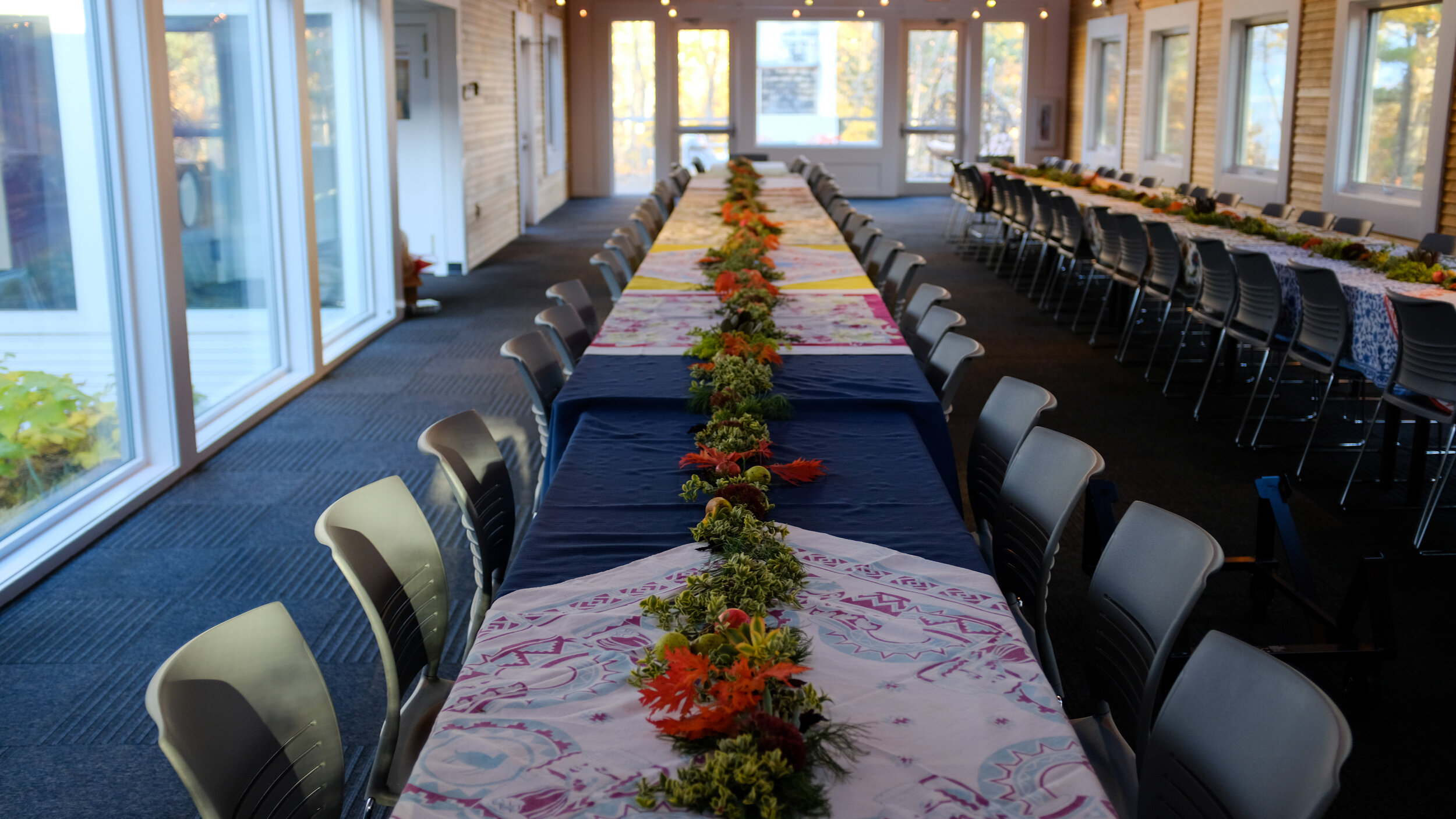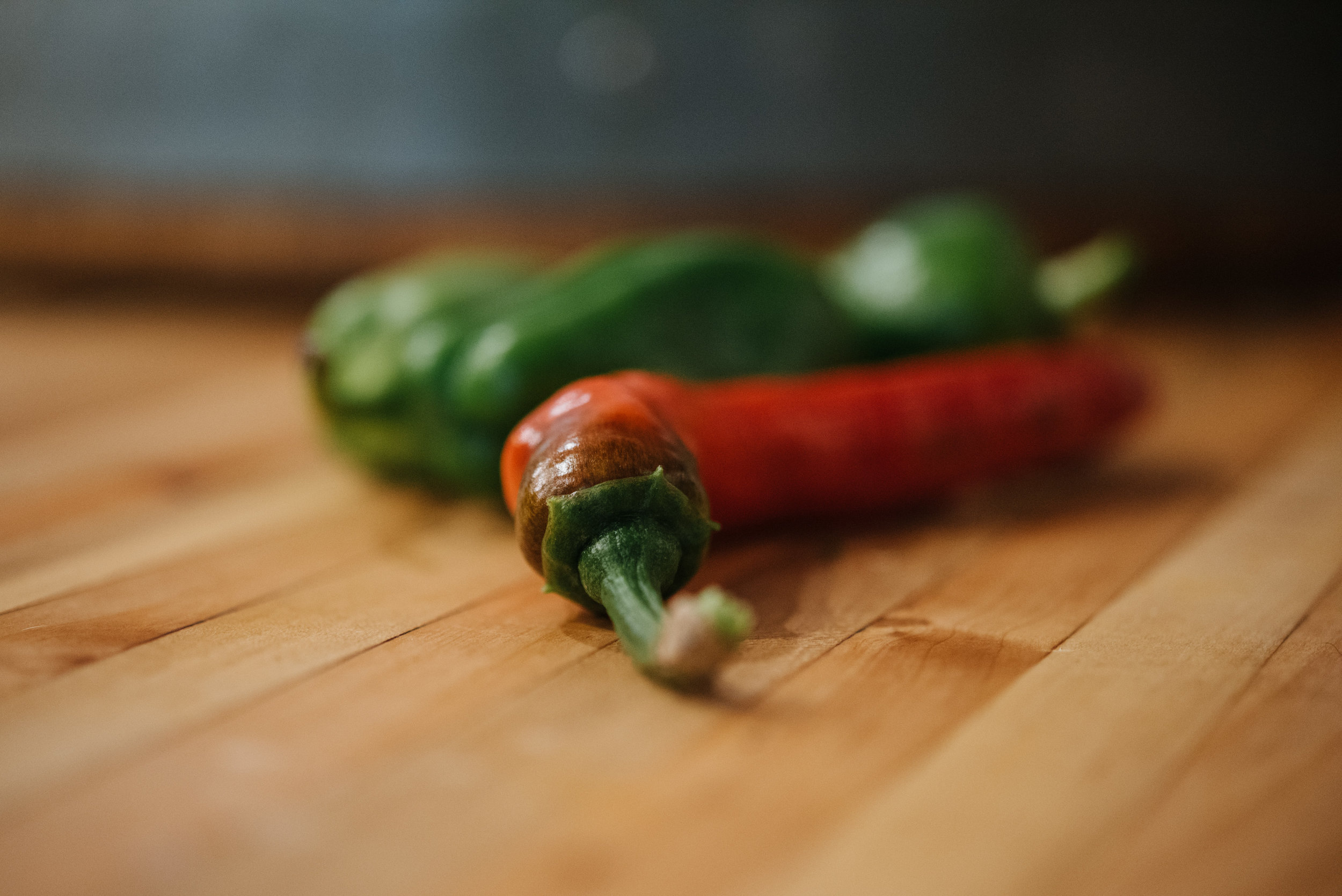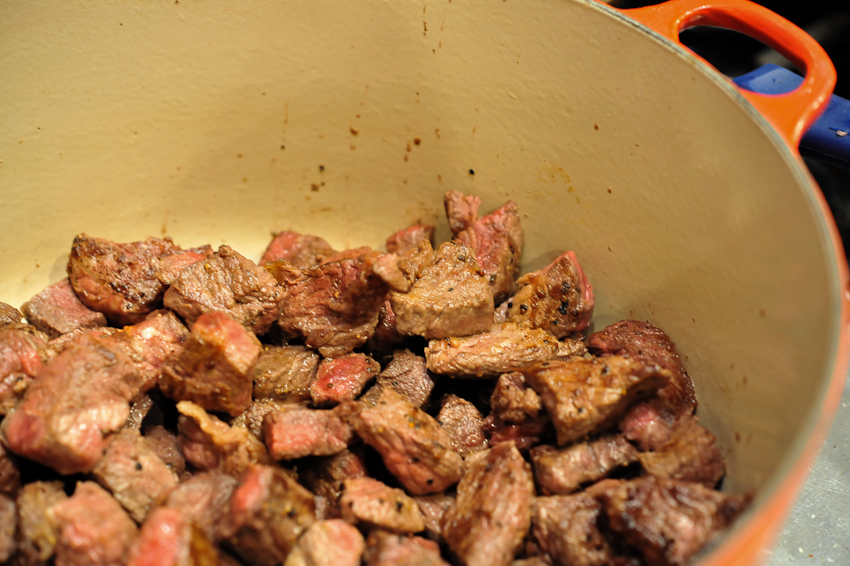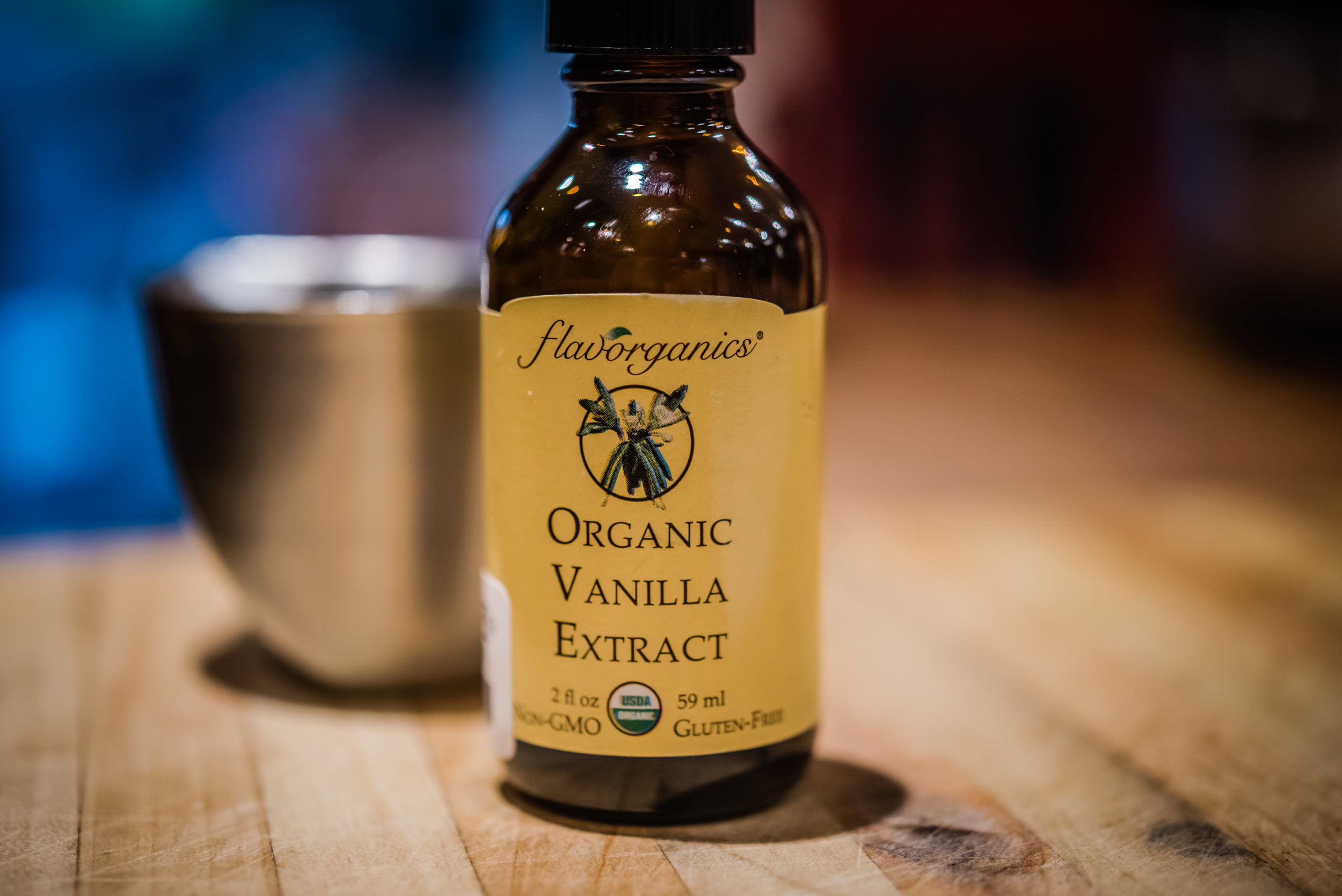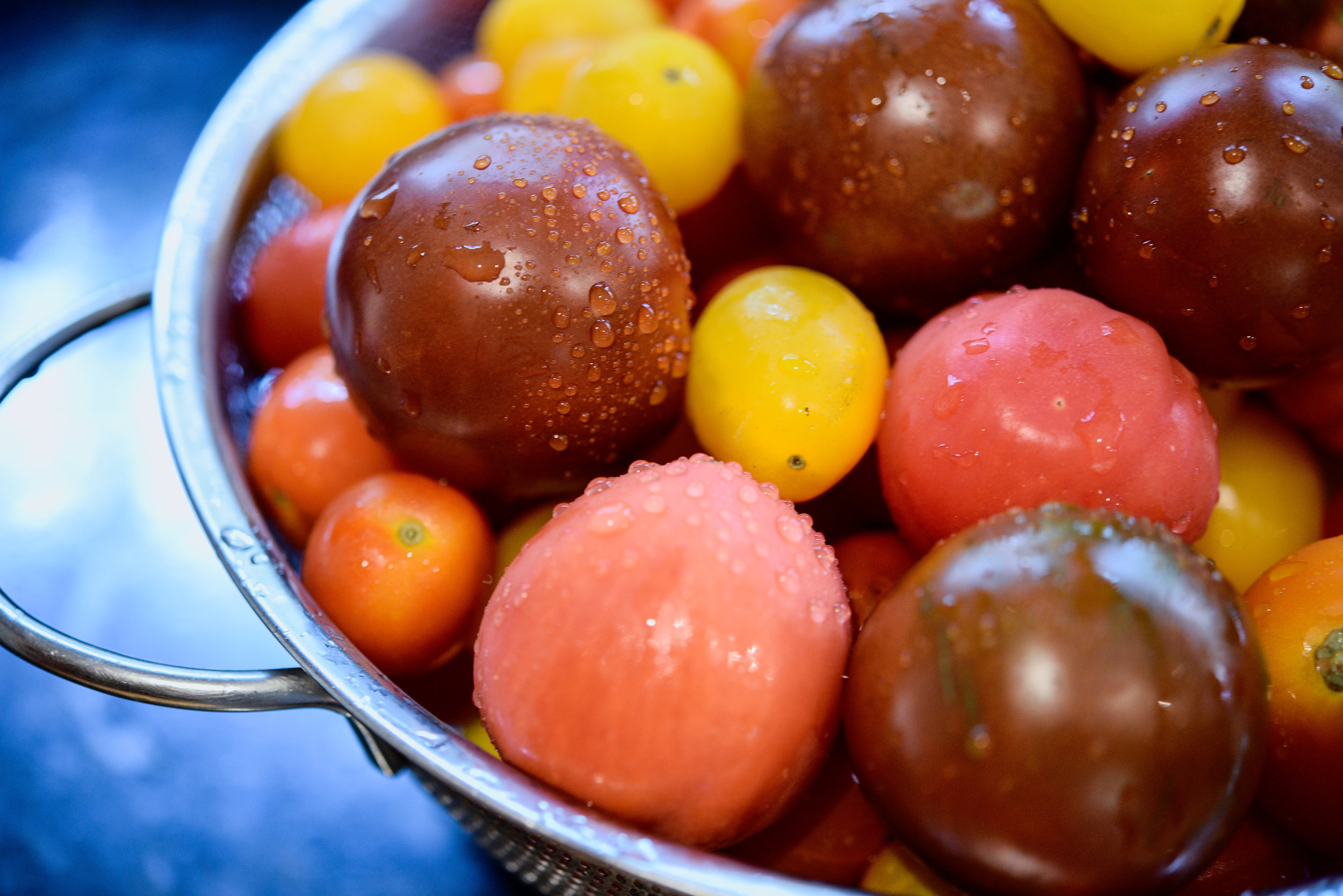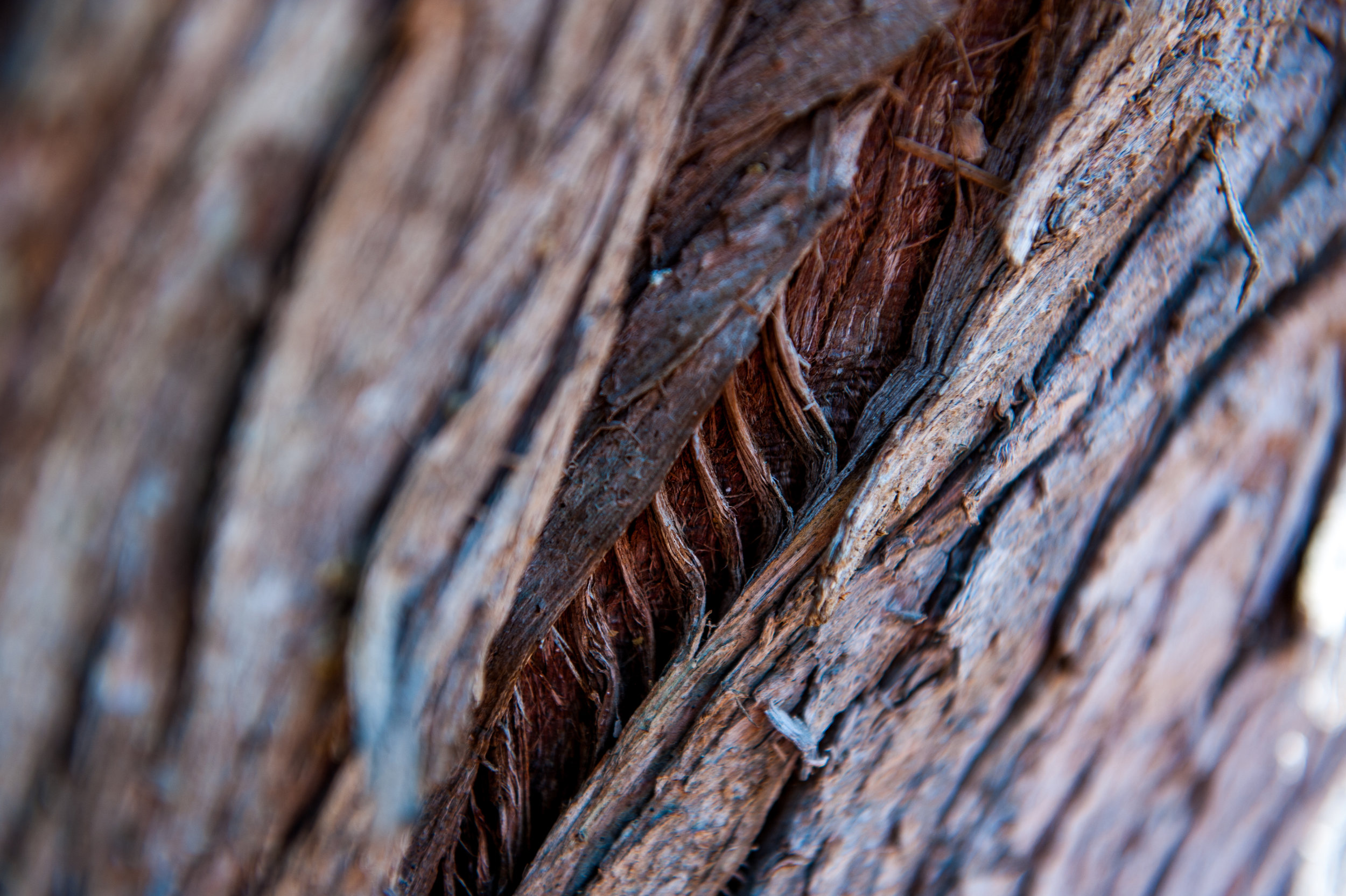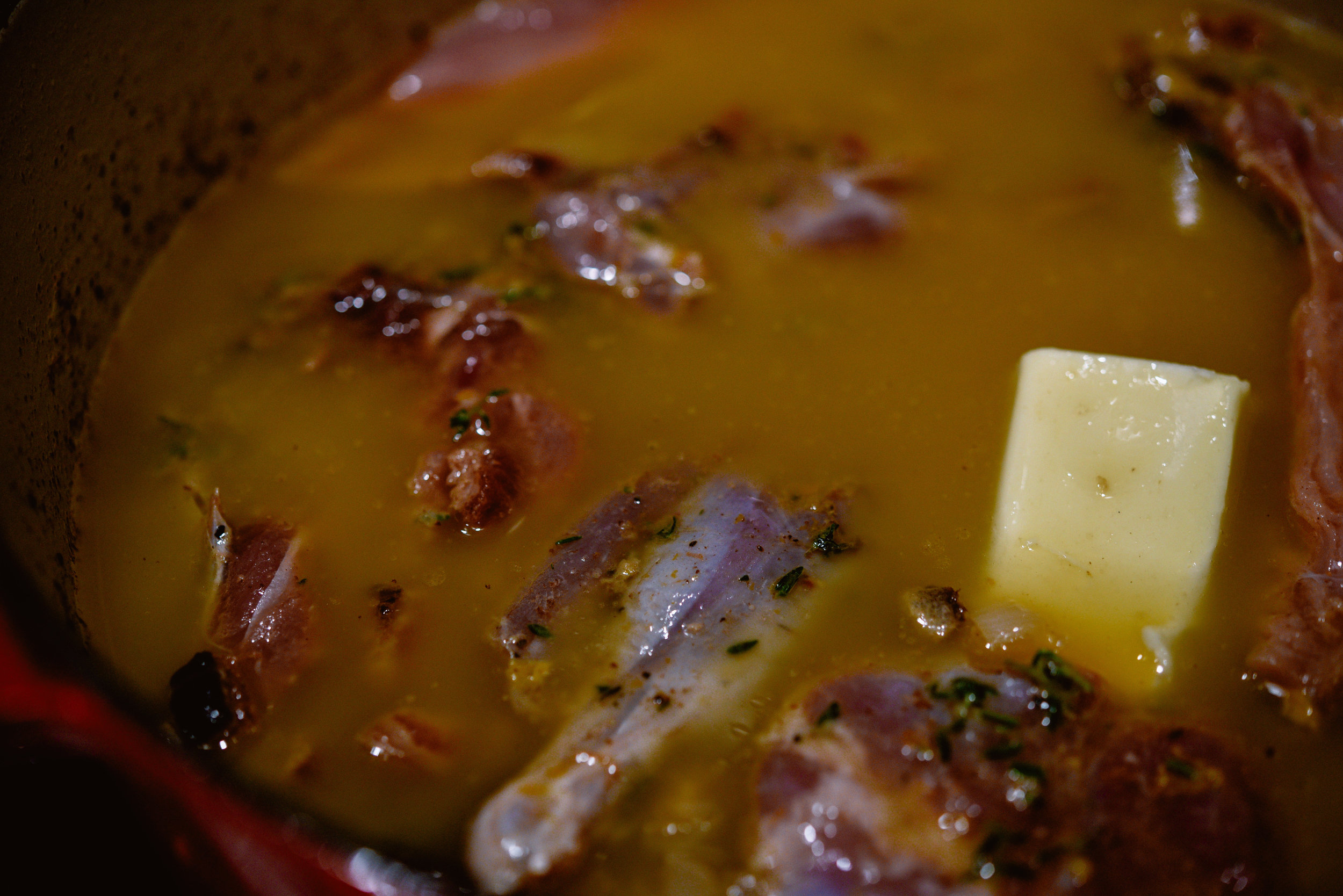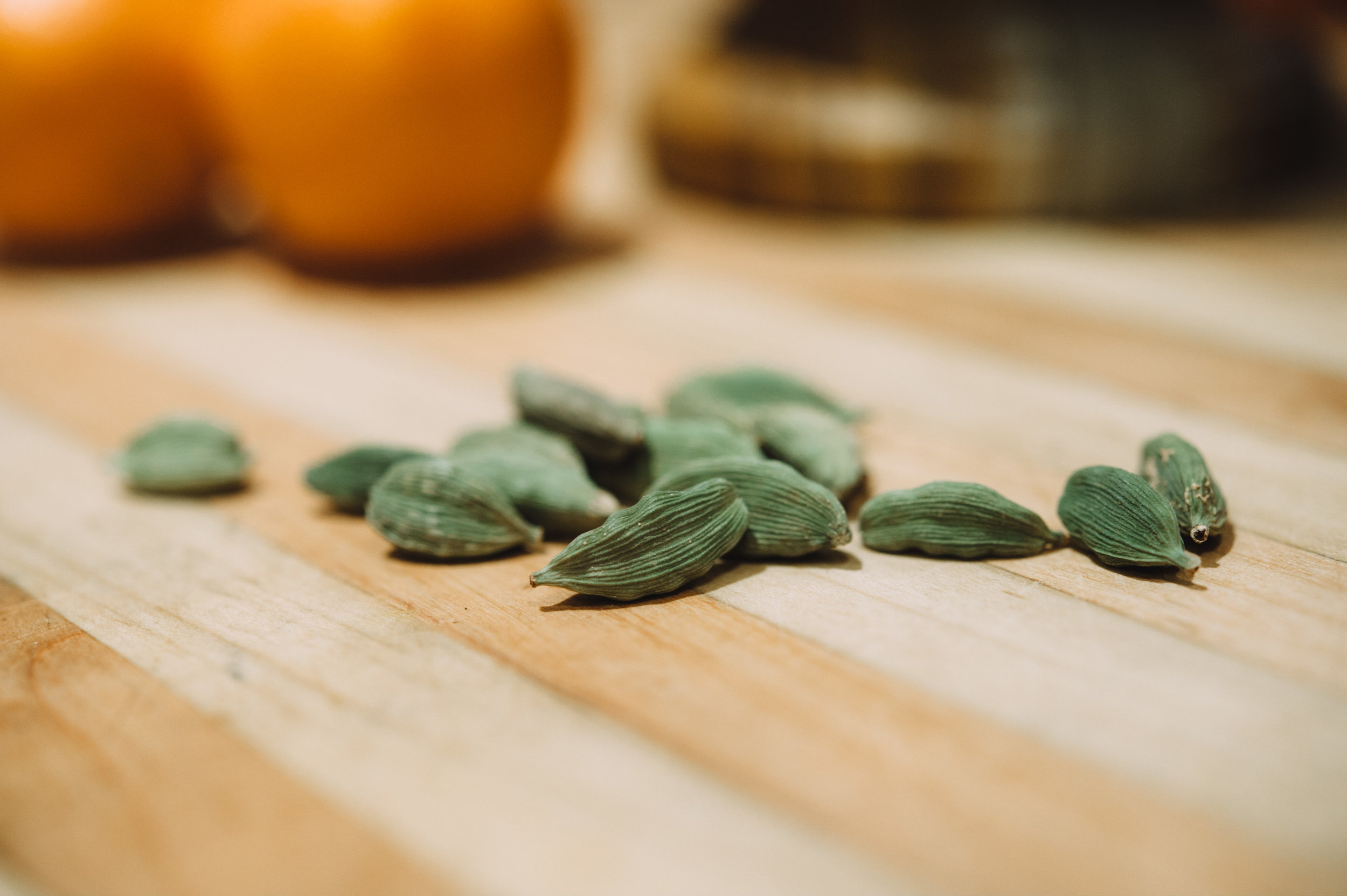My Soul is in a Hurry
I counted my years
& realized that I have
Less time to live by,
Than I have lived so far.
I feel like a child who won a pack of candies: at first he ate them with pleasure,
But when he realized that there was little left, he began to taste them intensely.
I have no time for endless meetings where the statutes, rules, procedures
& internal regulations are discussed, knowing that nothing will be done.
I no longer have the patience
To stand absurd people who,
Despite their chronological age,
Have not grown up.
My time is too short:
I want the essence,
My spirit is in a hurry.
I do not have much candy
In the package anymore.
I want to live next to humans,
Very realistic people who know
How to laugh at their mistakes,
Who are not inflated by their own triumphs,
& who take responsibility for their actions.
In this way, human dignity is defended
And we live in truth and honesty.
It is the essentials that make life useful.
I want to surround myself with people
Who know how to touch the hearts of those whom hard strokes of life
Have learned to grow, with sweet touches of the soul.
Yes, I’m in a hurry.
I’m in a hurry to live with the intensity that only maturity can give.
I do not intend to waste any of the remaining desserts.
I am sure they will be exquisite,
Much more than those eaten so far.
My goal is to reach the end satisfied
And at peace with my loved ones and my conscience.
We have two lives
& the second begins when you realize you only have one.
Mário Raul de Morais Andrade
It’s been years since I’ve felt the desire to write anything beyond a to-do list. It happened slowly, the muting of my internal world, but somewhere over the past four years, I had managed to convince myself that productivity was paramount (thus the to-do lists) and the words became quiet. But then it all changed last year. I left an incredibly toxic job, went back to community organizing, and have spent the past year tending to what matters, not what is productive. Don’t get me wrong, meaningful work can absolutely be productive when it’s grounded in respect, collaboration, and accountability but when those values aren’t present — it’s easy to lose sight of your internal shore and start drifting. So, here I am and the words are gathering, slowly.
I don’t remember where I encountered Andrade’s poem but it resonated with me (everything except the part about “endless meetings where the statutes, rules, procedures & internal regulations are discussed”. I’m writing this from a hotel room in DC after two days of talking about statutes, rules, and procedures…..and I loved it). But the other parts of the poem about losing patience with absurd people, about living with humility, about not wasting time because I have “Less time to live by, Than I have lived so far” — that’s the horizon that my eyes are focused on and where my words are gathering.
I started this blog with a houseful of kids and dogs (first blog post here) and things are very, very different now. All those sweet pups are gone but we have three equally-as-marginally-behaved pups (Aldo, Otis, and Stella). Our kids are out of the house, have their own dogs, and doing all sorts of amazing things. Jack and Abby have the most beautiful daughter named Adeline (who made me a Mimi…my version of Grandma). I serve on the Bayfield County Board and Ted is the Mayor of Bayfield — public servants or whipping posts, depending on the day. And I still love to cook, just not as often and much smaller portions (and yes, some nights we just eat cheese and crackers). Our lives are full to the brim — it’s different, for sure, but no less fulfilling. The term ‘empty nest’, while technically accurate, doesn't really capture what this time in our lives feels like. It’s not empty, it’s complete….and that’s as it should be.
Stay tuned for recipes, poems, photos, and all sorts of words. The incredible generosity and wisdom of the natural world is still very much present for me and I’m so damn thankful to be tuned in for their lessons.









